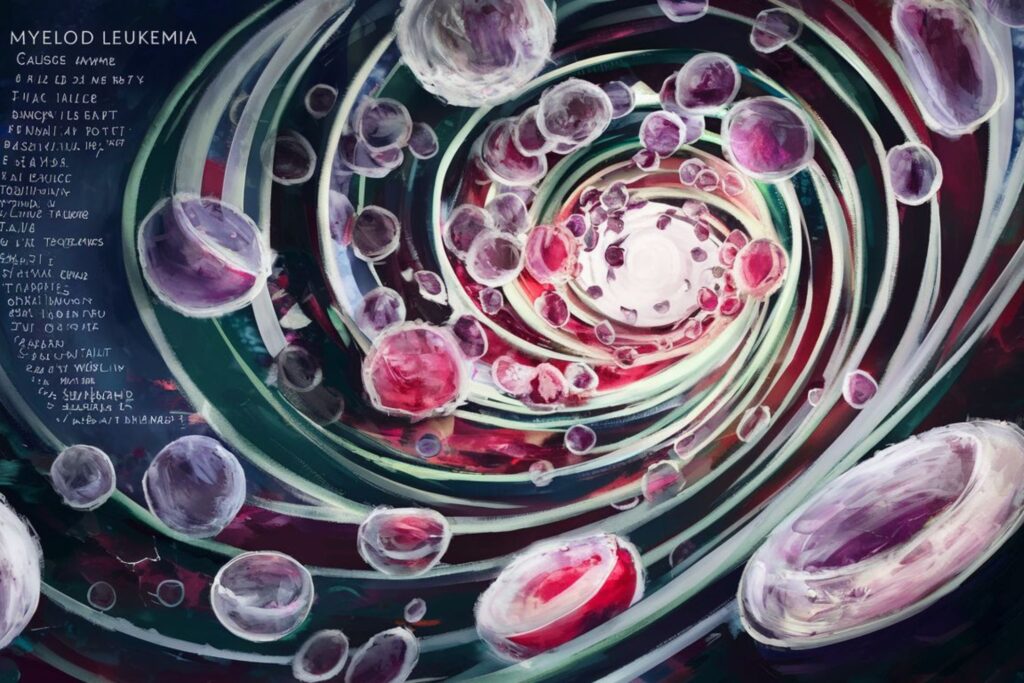The Surprising Truth: Can You Really Get Chlamydia from a Yeast Infection?

Table of Contents
ToggleIntroduction
Have you ever wondered if there’s a link between yeast infections and chlamydia? It’s a question that might have crossed your mind during those uncomfortable moments when you’re dealing with itching, burning, and unusual discharge. Well, you’re not alone in your curiosity. Many people are confused about the relationship between these two common infections. In this eye-opening article, we’ll dive deep into the world of vaginal health to uncover the truth about yeast infections and chlamydia. We’ll explore their causes, symptoms, and most importantly, whether one can lead to the other. So, buckle up and get ready for a journey that might just change the way you think about your intimate health!
The Basics: Understanding Yeast Infections and Chlamydia
Before we tackle the big question, let’s start with the basics. What exactly are yeast infections and chlamydia? How do they differ, and why do people often confuse them?
Yeast Infections: The Fungal Foe
Yeast infections, also known as candidiasis, are caused by an overgrowth of the fungus Candida albicans. This sneaky little organism is naturally present in our bodies, but when it gets out of control, it can cause some serious discomfort. Here’s what you need to know:
- Causes: Factors like antibiotics, hormonal changes, and high sugar intake can trigger yeast overgrowth.
- Symptoms: Itching, burning, redness, and thick, white discharge are common signs.
- Prevalence: About 75% of women will experience at least one yeast infection in their lifetime.
Chlamydia: The Bacterial Baddie
On the other hand, chlamydia is a sexually transmitted infection (STI) caused by the bacterium Chlamydia trachomatis. It’s one of the most common STIs worldwide, and here’s what makes it tick:
- Transmission: It’s spread through sexual contact with an infected person.
- Symptoms: Often asymptomatic, but can cause unusual discharge, burning during urination, and pelvic pain.
- Statistics: In 2019, the CDC reported over 1.8 million cases of chlamydia in the United States alone.
The Big Question: Can You Get Chlamydia from a Yeast Infection?
Now that we’ve got the basics covered, let’s address the elephant in the room. Can you actually get chlamydia from a yeast infection? The short answer is no, you cannot.
Here’s why:
- Different culprits: Yeast infections are caused by fungus, while chlamydia is caused by bacteria.
- Transmission methods: Yeast infections aren’t sexually transmitted, but chlamydia is.
- Independent conditions: Having one doesn’t automatically lead to the other.
But wait, there’s more to this story! While you can’t get chlamydia directly from a yeast infection, there are some important connections between the two that you should know about.
The Connection: How Yeast Infections and Chlamydia Intertwine
Although these two conditions are separate, they can sometimes occur together or influence each other. Here’s how:
- Weakened defenses: A yeast infection can disrupt the vaginal flora, potentially making you more susceptible to STIs like chlamydia.
- Misdiagnosis: The symptoms of yeast infections and chlamydia can be similar, leading to confusion and delayed treatment.
- Increased risk: Some studies suggest that having recurrent yeast infections might be associated with a higher risk of contracting STIs.
Frequently Asked Questions: Clearing Up the Confusion
Let’s tackle some common questions that often pop up when discussing yeast infections and chlamydia:
Q1: Can treating a yeast infection cure chlamydia?
A: No, yeast infection treatments won’t cure chlamydia. These conditions require different medications.
Q2: Is it possible to have both a yeast infection and chlamydia at the same time?
A: Yes, it’s possible to have both simultaneously. This is why proper diagnosis is crucial.
Q3: Do yeast infections increase the risk of getting chlamydia?
A: While yeast infections don’t directly cause chlamydia, they may increase your susceptibility to STIs in general.
Q4: Can chlamydia cause yeast infections?
A: Chlamydia itself doesn’t cause yeast infections, but the antibiotics used to treat it might disrupt vaginal flora, leading to yeast overgrowth.
Q5: How can I tell if I have a yeast infection or chlamydia?
A: The only way to know for sure is to get tested. Don’t rely on self-diagnosis!
Prevention: Keeping Both Infections at Bay
Now that we’ve cleared up the confusion, let’s talk about how to prevent these pesky problems:
Preventing Yeast Infections:
- Maintain good hygiene, but avoid douching
- Wear breathable, cotton underwear
- Limit sugar intake and manage stress
- Use probiotics to maintain vaginal flora balance
Preventing Chlamydia:
- Practice safe sex by using condoms consistently
- Get regular STI screenings, especially if you have multiple partners
- Communicate openly with sexual partners about STI status
- Consider abstinence or monogamy to reduce risk
The Importance of Proper Diagnosis and Treatment
One of the biggest takeaways from this discussion is the critical importance of proper diagnosis and treatment. Here’s why it matters:
- Accurate treatment: Yeast infections and chlamydia require different treatments. Using the wrong medication won’t solve the problem.
- Preventing complications: Untreated chlamydia can lead to serious health issues like pelvic inflammatory disease (PID) and infertility.
- Breaking the cycle: Proper treatment helps prevent recurrent infections and reduces the risk of spreading STIs to partners.
Remember, if you’re experiencing any unusual symptoms, don’t hesitate to see a healthcare provider. Self-diagnosis and over-the-counter treatments might seem convenient, but they can lead you down the wrong path.
The Role of Sexual Health Education
As we’ve seen, misconceptions about yeast infections and chlamydia are common. This highlights the crucial need for comprehensive sexual health education. Here’s why it’s so important:
- Empowerment: Knowledge is power. Understanding your body helps you make informed decisions about your health.
- Reducing stigma: Open discussions about sexual health can help break down barriers and encourage people to seek help when needed.
- Prevention: Educated individuals are more likely to practice safe sex and recognize when they need medical attention.
Encouraging open dialogue about sexual health can go a long way in preventing both yeast infections and STIs like chlamydia.
The Impact of Lifestyle on Vaginal Health
Your daily habits can have a significant impact on your vaginal health. Let’s explore some lifestyle factors that can influence your risk of yeast infections and, indirectly, your susceptibility to STIs:
- Diet: A balanced diet low in sugar and rich in probiotics can help maintain healthy vaginal flora.
- Clothing choices: Tight, synthetic clothing can create a warm, moist environment that yeast loves.
- Stress management: High stress levels can weaken your immune system, making you more prone to infections.
- Sleep habits: Getting enough quality sleep is crucial for overall health, including your immune function.
By making small changes in your lifestyle, you can create an environment that’s less hospitable to both yeast and harmful bacteria.
The Future of Vaginal Health Research
As our understanding of the microbiome grows, so does our knowledge of vaginal health. Exciting developments in research are paving the way for better prevention and treatment strategies:
- Personalized probiotics: Scientists are working on developing probiotic strains tailored to individual microbiomes.
- Advanced diagnostics: New technologies may soon allow for faster, more accurate diagnosis of vaginal infections.
- Holistic approaches: Researchers are exploring the connections between gut health, immune function, and vaginal health.
These advancements hold promise for more effective ways to maintain vaginal health and prevent both yeast infections and STIs like chlamydia.
Conclusion: Empowering Yourself with Knowledge
As we wrap up our deep dive into the world of yeast infections and chlamydia, let’s recap the key points:
- You can’t get chlamydia directly from a yeast infection, but the two conditions can sometimes occur together or influence each other.
- Proper diagnosis and treatment are crucial for both conditions.
- Prevention strategies differ for yeast infections and chlamydia, but both involve maintaining overall health and practicing safe sex.
- Education and open communication about sexual health are essential for prevention and early detection.
Remember, your vaginal health is an important part of your overall well-being. By staying informed, practicing good hygiene, and seeking medical advice when needed, you can take control of your intimate health. Don’t let misconceptions or embarrassment hold you back from getting the care you deserve. Your body will thank you for it!




